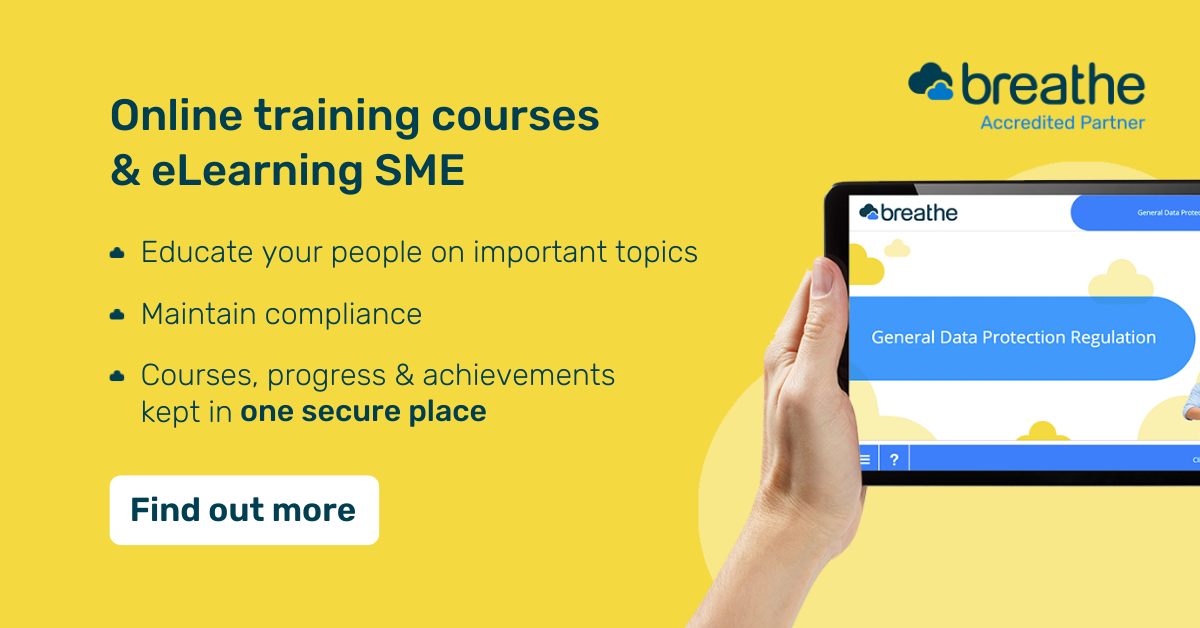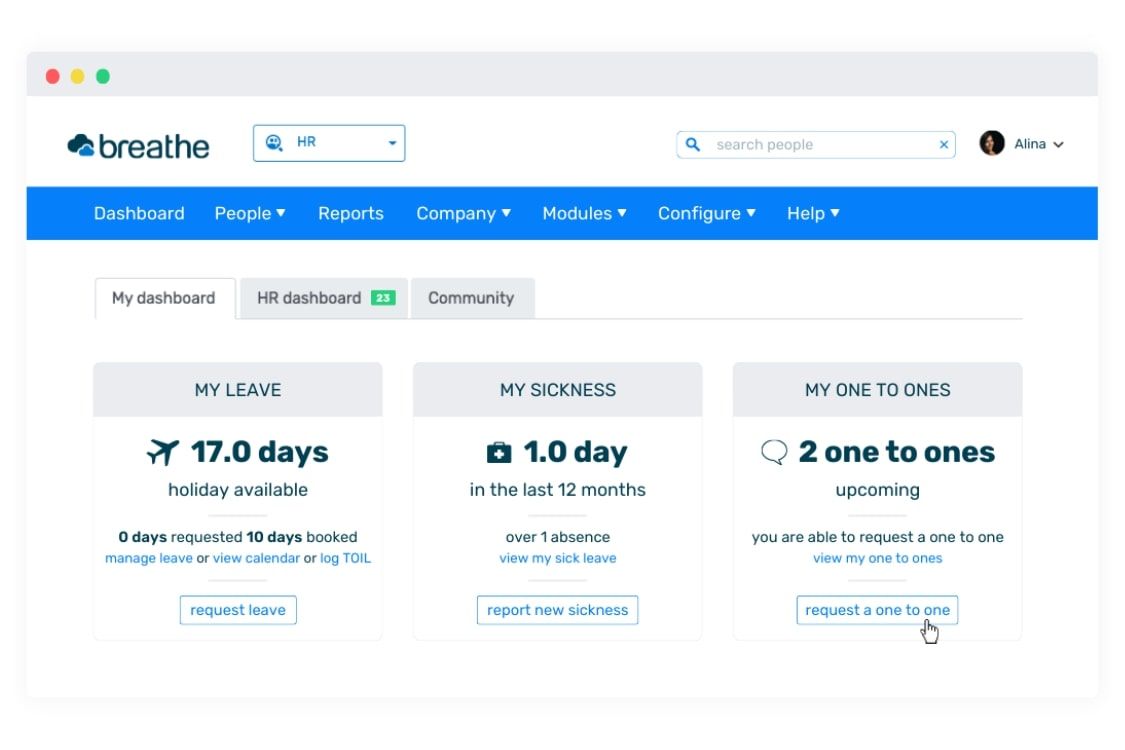NAVIGATING REDUNDANCIES WITH CARE
You might find yourself one day having to make the difficult decision to make your employees redundant.
According to recent research, the number of planned redundancies in the UK has rocketed by a whopping 54% in the 12 months leading up to July. That's a significant leap, totalling 237,017 planned job cuts in 2022/23, compared to 153,635 in the previous year.
If you’re considering redundancy, you need to:
Plan before you act
Any company considering redundancies should plan meticulously. The first step is to determine how many redundancies are on the horizon (if there are 20 or more, you’ll need to carry out collective consultation).
Gather all the necessary information that employees and/or their representatives will need and ask for. This pre-planning stage is vital because it sets the tone for a well-structured and transparent process.
Consultation
If you are proposing to make 20 or more people redundant at a single establishment within a 90-day period, you are legally required to conduct collective consultation. What is classed as a “single establishment” is not defined in legislation. It is generally understood to mean a geographical location, but this is not always the case; a workforce spread over several sites can also amount to one establishment.
Collective consultation rules require employers to allow their workforce to nominate employee representatives. The employer then consults on the redundancy proposals with the nominated employee representatives (or trade union representatives as appropriate), before consulting with individual employees. The consultation period should last for at least 30 days before giving notice of redundancy dismissal. This increases to at least 45 days if you are proposing to make 100+ redundancies.
Individual consultation, where proposing to make less than 20 roles redundant, can typically be completed in two to three meetings over a two week period.
When it comes consultation, it’s all about inclusivity and open communication. Take the time to properly plan, and don't underestimate the importance of involving all relevant stakeholders. Inclusivity requires transparency and can help reduce some of the anxiety that often accompanies redundancy discussions.
Selecting the right criteria
The selection process is a part of redundancy planning that requires more careful consideration. Think about your desired selection criteria and scores for employees in pools (the group or groups potentially impacted by redundancies). This ensures a fair, justifiable, and, most importantly, objective selection process.
You have a certain degree of discretion when it comes to selecting criteria, but they should be as objective as possible. There should be no room for discrimination in any of the criteria. It's all about making the process transparent and fair, so employees understand why you’ve made certain decisions.
Support and communication
Handling redundancies is not just about following employment law to the letter; it's also about demonstrating empathy and understanding. Supporting affected employees at this time can make a world of difference.
If you need further advice or a helping hand, please get in touch.





















